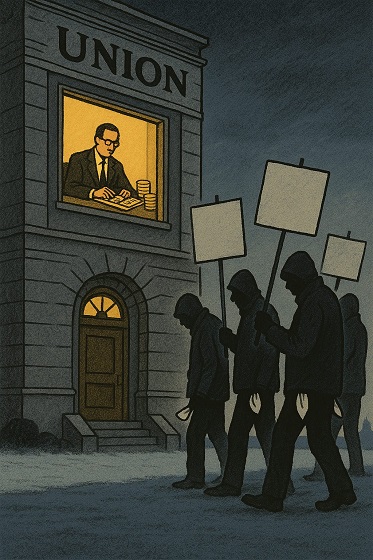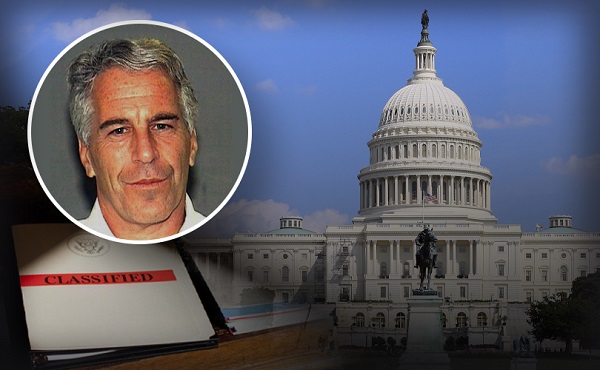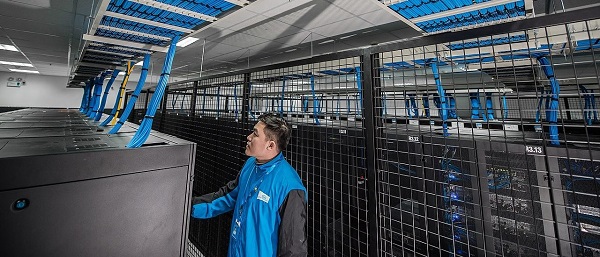Uncategorized
13 dead including gunman in shooting at California bar

THOUSAND OAKS, Calif. — Using a smoke bomb and a handgun, a hooded gunman dressed all in black opened fire during “college night” at a country music bar in Southern California, killing 12 people and sending hundreds fleeing in terror, authorities said Thursday. The gunman was later found dead.
Authorities said the motive for the attack Wednesday night was under investigation.
Patrons screamed in fear, shouted “Get down!” and used barstools to smash second-floor windows and jump to safety as gunfire erupted at the Borderline Bar & Grill, a popular hangout for college students. The dead included 11 people inside the bar and a sheriff’s sergeant who was the first officer inside the door, Ventura County Sheriff Geoff Dean said.
“It’s a horrific scene in there,” Dean said in the parking lot. “There’s blood everywhere.”
A law enforcement official told The Associated Press that authorities had identified the gunman. The official said the 29-year-old man deployed a smoke device and used a .45-
The massacre was the deadliest mass shooting in the U.S. since 17 students and teachers were slain at a Parkland, Florida, high school nine months ago. It also came less than two weeks after a gunman killed 11 people at a synagogue in Pittsburgh. That, it turn, closely followed the series of pipe bombs mailed to critics of President Donald Trump.
Trump praised police for their “great bravery” in the California attack and said, “God bless all of the victims and families of the victims.”
The gunman was tall and wearing all black with a hood and his face partly covered, witnesses told TV stations. He first fired on a person working the door, then appeared to shoot at random at people inside, they said.
Sheriff’s Sgt. Ron Helus and a passing highway patrolman were responding to several 911 calls when they arrived at the Borderline at about 11:20 p.m., the sheriff said. They heard gunfire and went inside.
Helus was immediately hit with multiple gunshots, Dean said. The highway patrolman pulled Helus out, then waited as a SWAT team and scores more officers arrived. Helus died early Thursday at a hospital.
By the time they entered the bar again, the gunfire had stopped, according to the sheriff. They found 12 people dead inside, including the gunman. It was not immediately clear how the gunman died, Dean said.
The shooting happened on college night. Two-step lessons in country dancing were being offered Wednesday at the Borderline, according to its
The bar, which includes a large dance hall with a stage and a pool room along with several smaller areas for eating and drinking, is popular with students from nearby California Lutheran University who enjoy country music. It is also close to several other universities, including California State University Channel Islands in Camarillo, Pepperdine University in Malibu and Moorpark College in Moorpark.
Nick Steinwender, a Cal Lutheran student body president, told KTLA-TV he immediately started receiving messages about the shooting, and he and his roommate went to the scene to offer rides back to campus or moral support.
“It’s going to be a very
When the gunman entered, people screamed and fled to all corners of the bar, and a few threw barstools through the windows and helped dozens to escape, witnesses said.
Video accessed by the AP showed law enforcement officers and vehicles speeding to the scene and people running from bar. Rapid-fire gunshots could be heard as officers crouched down behind a police vehicle, weapons drawn. Three people were seen carrying someone, and later paramedics applied bandages to the man, who has blood on his back.
Cole Knapp, a freshman at Moorpark College, said he was inside the bar when the shooting began, but he thought at first that it was “just someone with an M-80, just kind of playing a prank.” Then he said he saw the gunman, wearing a black beanie and black hoodie and holding a handgun.
“I tried to get as many people to cover as I could,” Knapp said. “There was an exit right next to me, so I went through that. That exit leads to a patio where people smoke. People out there didn’t really know what was going on. There’s a fence right there so I said, ‘Everyone get over the fence as quickly as you can,’ and I followed them over.”
He said a highway patrol officer was nearby who just happened to be pulling someone over.
“I screamed to him, ‘There’s a shooter in there!’ He was kind of in disbelief, then saw that I was serious,” Knapp said. He said he had friends who hadn’t been accounted for.
Tayler Whitler, 19, said she was on the dance floor with her friends nearby when she saw the gunman shooting and heard screams to “Get down!”
“It was really, really, really shocking,” Whitler told KABC-TV as she stood with her father in the parking lot. “It looked like he knew what he was doing.”
Sarah Rose DeSon told ABC’s “Good Morning America” that she saw the shooter draw his gun. “I dropped to the floor,” she said. “A friend yelled ‘Everybody down!’ We were hiding behind tables trying to keep ourselves covered.”
Shootings of any kind are very rare in Thousand Oaks, a city of about 130,000 people about 40 miles (64
Helus was a 29-year veteran of the force with a wife and son and planned to retire in the coming year, said the sheriff, who choked back tears as he talked about the sergeant who was also his longtime friend.
“Ron was a hardworking, dedicated sheriff’s sergeant who was totally committed,” Dean said, “and tonight, as I told his wife, he died a hero because he went in to save lives.”
___
AP journalists Andrew Dalton in Los Angeles, Michelle A. Monroe in Phoenix and Michael Balsamo in Washington contributed to this report.
Krysta Fauria, The Associated Press
Uncategorized
Cost of bureaucracy balloons 80 per cent in 10 years: Public Accounts
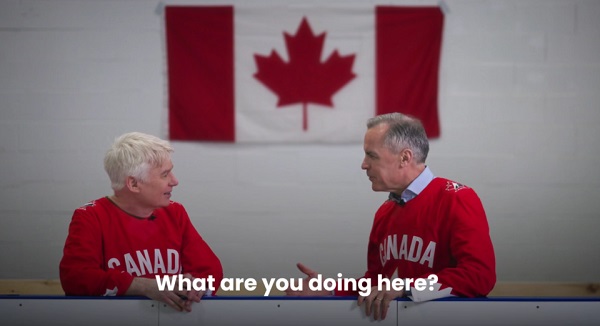
The cost of the bureaucracy increased by $6 billion last year, according to newly released numbers in Public Accounts disclosures. The Canadian Taxpayers Federation is calling on Prime Minister Mark Carney to immediately shrink the bureaucracy.
“The Public Accounts show the cost of the federal bureaucracy is out of control,” said Franco Terrazzano, CTF Federal Director. “Tinkering around the edges won’t cut it, Carney needs to take urgent action to shrink the bloated federal bureaucracy.”
The federal bureaucracy cost taxpayers $71.4 billion in 2024-25, according to the Public Accounts. The cost of the federal bureaucracy increased by $6 billion, or more than nine per cent, over the last year.
The federal bureaucracy cost taxpayers $39.6 billion in 2015-16, according to the Public Accounts. That means the cost of the federal bureaucracy increased 80 per cent over the last 10 years. The government added 99,000 extra bureaucrats between 2015-16 and 2024-25.
Half of Canadians say federal services have gotten worse since 2016, despite the massive increase in the federal bureaucracy, according to a Leger poll.
Not only has the size of the bureaucracy increased, the cost of consultants, contractors and outsourcing has increased as well. The government spent $23.1 billion on “professional and special services” last year, according to the Public Accounts. That’s an 11 per cent increase over the previous year. The government’s spending on professional and special services more than doubled since 2015-16.
“Taxpayers should not be paying way more for in-house government bureaucrats and way more for outside help,” Terrazzano said. “Mere promises to find minor savings in the federal bureaucracy won’t fix Canada’s finances.
“Taxpayers need Carney to take urgent action and significantly cut the number of bureaucrats now.”
Table: Cost of bureaucracy and professional and special services, Public Accounts
| Year | Bureaucracy | Professional and special services |
|
$71,369,677,000 |
$23,145,218,000 |
|
|
$65,326,643,000 |
$20,771,477,000 |
|
|
$56,467,851,000 |
$18,591,373,000 |
|
|
$60,676,243,000 |
$17,511,078,000 |
|
|
$52,984,272,000 |
$14,720,455,000 |
|
|
$46,349,166,000 |
$13,334,341,000 |
|
|
$46,131,628,000 |
$12,940,395,000 |
|
|
$45,262,821,000 |
$12,950,619,000 |
|
|
$38,909,594,000 |
$11,910,257,000 |
|
|
$39,616,656,000 |
$11,082,974,000 |
Uncategorized
Trump Admin Establishing Council To Make Buildings Beautiful Again
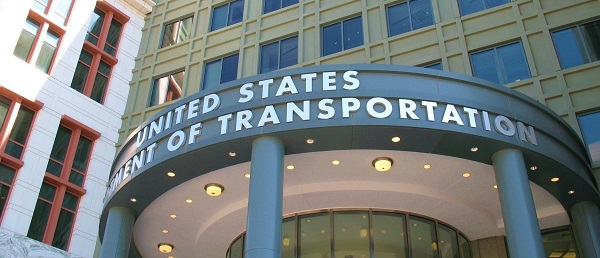

From the Daily Caller News Foundation
By Jason Hopkins
The Trump administration is creating a first-of-its-kind task force aimed at ushering in a new “Golden Age” of beautiful infrastructure across the U.S.
The Department of Transportation (DOT) will announce the establishment of the Beautifying Transportation Infrastructure Council (BTIC) on Thursday, the Daily Caller News Foundation exclusively learned. The BTIC seeks to advise Transportation Secretary Sean Duffy on design and policy ideas for key infrastructure projects, including highways, bridges and transit hubs.
“What happened to our country’s proud tradition of building great, big, beautiful things?” Duffy said in a statement shared with the DCNF. “It’s time the design for America’s latest infrastructure projects reflects our nation’s strength, pride, and promise.”
“We’re engaging the best and brightest minds in architectural design and engineering to make beautiful structures that move you and bring about a new Golden Age of Transportation,” Duffy continued.
Mini scoop – here is the DOT’s rollout of its Beautifying Transportation Infrastructure Council, which will be tasked with making our buildings beautiful again. pic.twitter.com/
9iV2xSxdJM — Jason Hopkins (@jasonhopkinsdc) October 23, 2025
The DOT is encouraging nominations of the country’s best architects, urban planners, artists and others to serve on the council, according to the department. While ensuring that efficiency and safety remain a top priority, the BTIC will provide guidance on projects that “enhance” public areas and develop aesthetic performance metrics.
The new council aligns with an executive order signed by President Donald Trump in August 2025 regarding infrastructure. The “Making Federal Architecture Beautiful Again” order calls for federal public buildings in the country to “respect regional architectural heritage” and aims to prevent federal construction projects from using modernist and brutalist architecture styles, instead returning to a classical style.
“The Founders, in line with great societies before them, attached great importance to Federal civic architecture,” Trump’s order stated. “They wanted America’s public buildings to inspire the American people and encourage civic virtue.”
“President George Washington and Secretary of State Thomas Jefferson consciously modeled the most important buildings in Washington, D.C., on the classical architecture of ancient Athens and Rome,” the order continued. “Because of their proven ability to meet these requirements, classical and traditional architecture are preferred modes of architectural design.”
The DOT invested millions in major infrastructure projects since Trump’s return to the White House. Duffy announced in August a $43 million transformation initiative of the New York Penn Station in New York City and in September unveiledmajor progress in the rehabilitation and modernization of Washington Union Station in Washington, D.C.
The BTIC will comprise up to 11 members who will serve two-year terms, with the chance to be reappointed, according to the DOT. The task force will meet biannually. The deadline for nominations will end Nov. 21.
-

 Business21 hours ago
Business21 hours agoNew airline compensation rules could threaten regional travel and push up ticket prices
-

 Crime2 days ago
Crime2 days agoCocaine, Manhunts, and Murder: Canadian Cartel Kingpin Prosecuted In US
-

 Digital ID1 day ago
Digital ID1 day agoLeslyn Lewis urges fellow MPs to oppose Liberal push for mandatory digital IDs
-
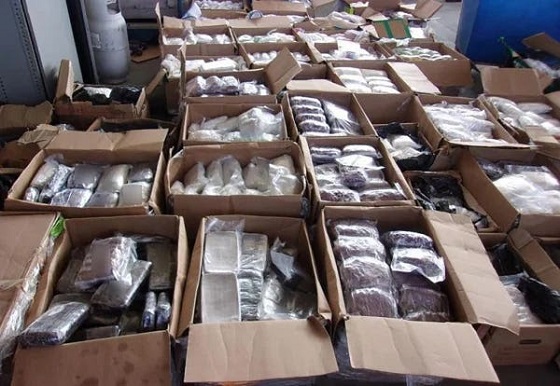
 Crime23 hours ago
Crime23 hours agoHow Global Organized Crime Took Root In Canada
-
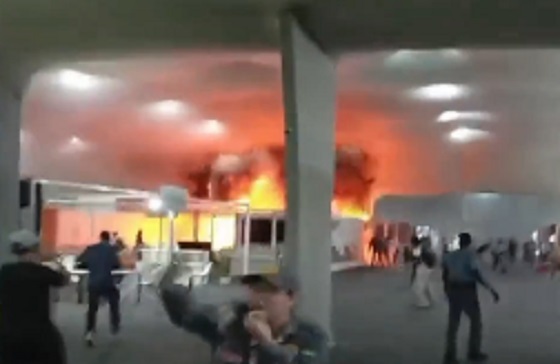
 Daily Caller2 days ago
Daily Caller2 days agoBREAKING: Globalist Climate Conference Bursts Into Flames
-

 Energy2 days ago
Energy2 days agoHere’s what they don’t tell you about BC’s tanker ban
-

 Great Reset1 day ago
Great Reset1 day agoEXCLUSIVE: The Nova Scotia RCMP Veterans’ Association IS TARGETING VETERANS with Euthanasia
-
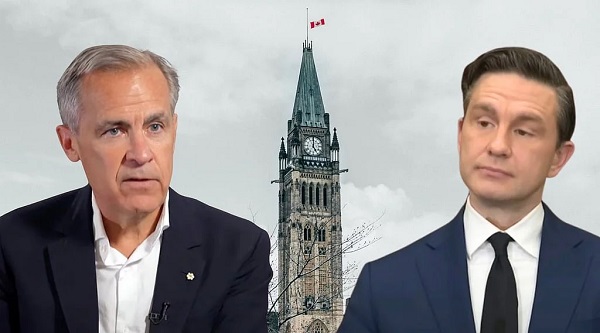
 Bruce Dowbiggin2 days ago
Bruce Dowbiggin2 days agoBurying Poilievre Is Job One In Carney’s Ottawa




